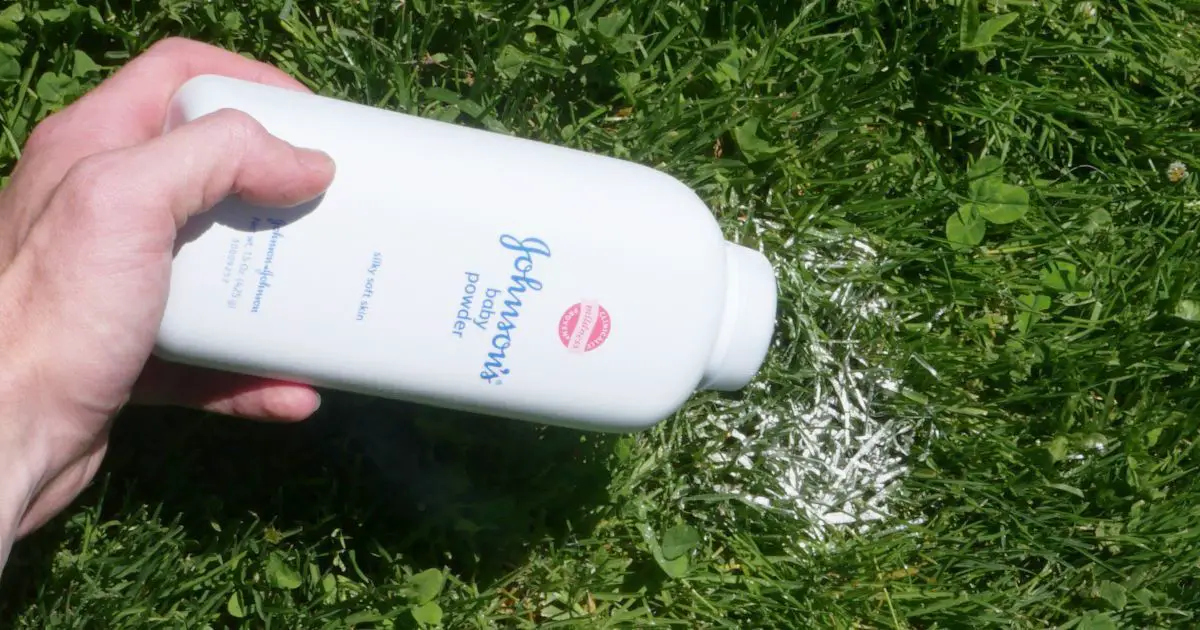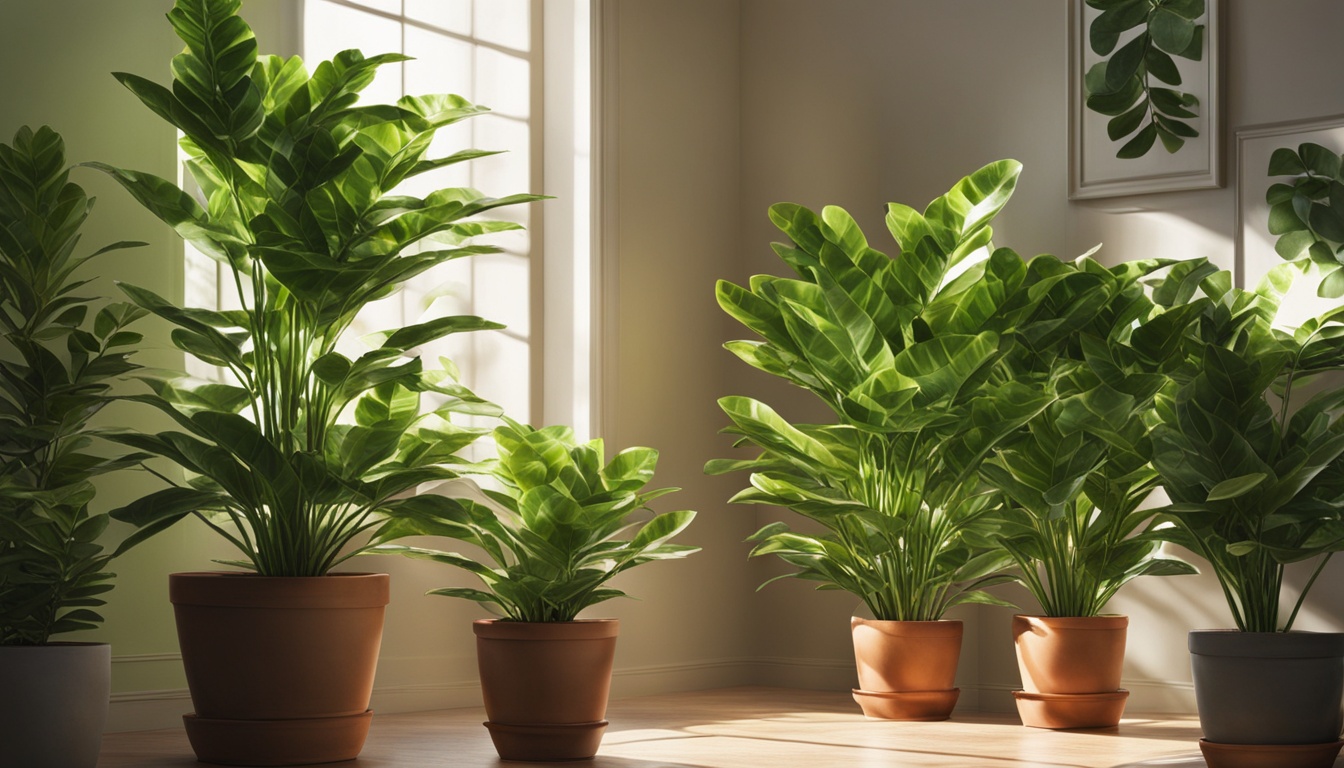Are you looking for a bright, cheerful dash of color for your garden? Iceland poppies (Papaver nudicaule), also known as Arctic poppies, are perfect.
They do well in cold areas but can also be grown as annuals in warmer places. These plants have feathery leaves and stems covered in soft hair.
Their stems are tall and bare, but they carry bright flowers. Each flower has four thin, silky petals that are ruffled. You can find Iceland poppies in many colors, like red, pink, orange, yellow, and white.
These plants are tough and can handle the cold, even with their delicate flowers. They are also great at keeping deer away. Plus, they attract butterflies, making your garden more lively.
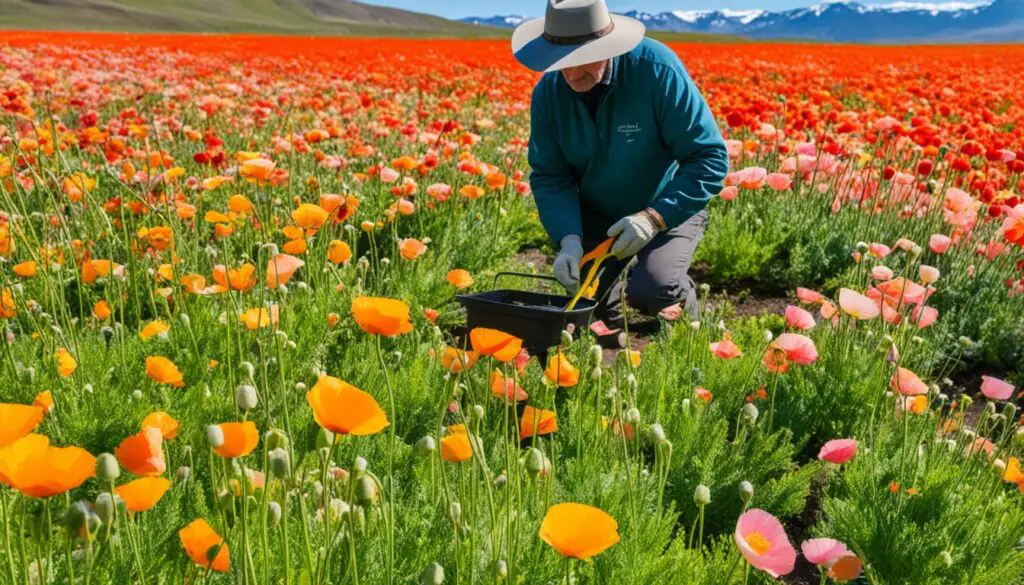
Key Takeaways
- Iceland Poppies (Papaver nudicaule) are cold-hardy perennials that produce vibrant, colorful blooms.
- They thrive in subarctic regions and can be grown as annuals in warmer climates.
- Icelandic poppy growth requirements include well-draining soil, abundant bright light, and minimal watering.
- Proper Icelandic poppy care, such as monitoring soil moisture and adjusting light exposure, is essential for healthy plants.
- These arctic poppy growing guide plants are deer-resistant and attract butterflies, making them a great addition to any garden.
Introduction to Icelandic Poppies
Botanical Details
Icelandic poppies, also known as Arctic poppies, add beauty to any garden. Their petals open with a delicate, romantic look.
These perennials, scientifically named Papaver nudicaule, come from the Papaveraceae family. They are originally from the sub-arctic areas of Asia and North America.
These poppies grow to be 1-2 feet tall and wide, staying neat and tidy. They have stems without leaves but are full of color, showing off blooms in white, yellow, red, and pink. They love cooler weather and can grow in USDA Zones 2-8.
Gardeners love Icelandic poppies for their unique look and long-lasting flowers. They are perfect for bouquets and arrangements. Plus, their seeds are edible, adding a special touch to cooking.
If you’re new or experienced with poppy gardening, learning about Icelandic poppies is key. With the right care, you can enjoy their beautiful, short-lived blooms in your garden.
How To Grow An Icelandic Poppy and Care
Growing Icelandic poppies, or Papaver nudicaule, is a fun and rewarding task in the garden. These perennials love cool climates and bring bright colors to your garden.
This guide will help you grow and care for these beautiful flowers, whether you’re new to gardening or have been doing it for years.
Lighting and Soil Requirements
Icelandic poppies need full sun to partial shade to thrive. They do best in bright, direct light. Place them less than a foot from a sunny window for the best light.
The soil should be rich, drain well, and a bit acidic, with a pH of 6.0 to 7.0. This kind of soil supports the plants well, but be careful not to overwater to avoid damage.
Watering and Feeding
These poppies like their soil moist but not soaked. Water them about 0.5 cups every 9 days if they’re in a 5-inch pot and not in direct sunlight. Water at the base of the plant to protect the delicate flowers.
Feeding them a balanced fertilizer regularly helps with healthy growth and bright flowers.
Repotting and Maintenance
Repot Icelandic poppies when they double in size or once a year to refresh their nutrients. They grow upwards, with new growth at the top. Keep an eye on them by checking for distress, adjusting their light, and watching the soil moisture.
By following these tips, you can enjoy the beauty of Icelandic poppies in your garden. They’re adaptable and can thrive with the right care, offering a beautiful display of flowers all season.
| Watering | Light | Repotting | Soil pH |
|---|---|---|---|
| 0.5 cups every 9 days | Less than 1ft from window | After doubling in size or yearly | 6.0 – 7.0 |
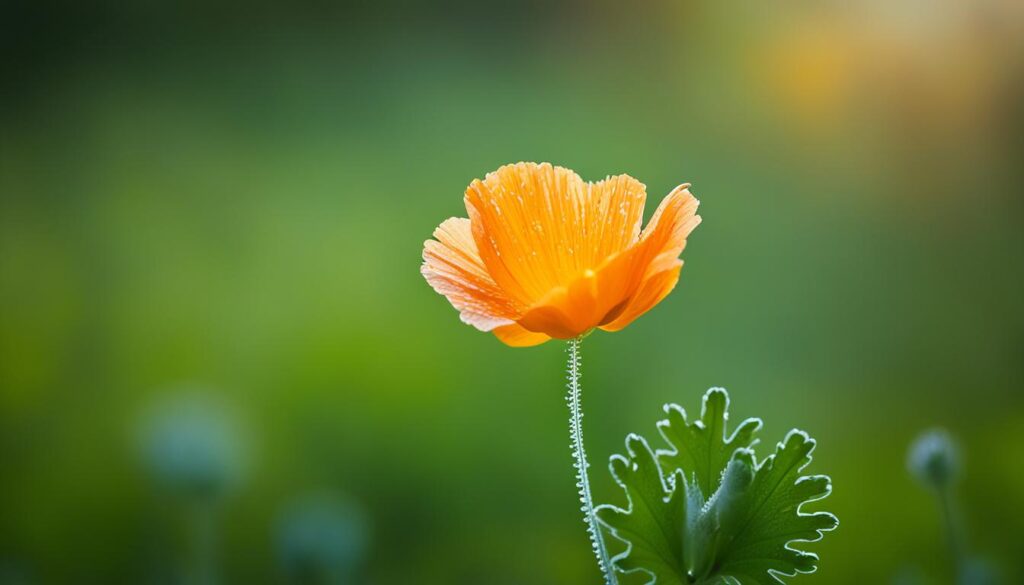
“Icelandic poppies have a prolonged bloom time from late spring to early fall, offering an extended display of flowers.”
Planting and Propagating Iceland Poppies
Growing from Seeds
Planting Papaver nudicaule, the Icelandic poppy, from seed is easy and rewarding. It brings vibrant blooms to your garden.
Sow the seeds directly in their final spot in late winter or early spring. They germinate fast, but it takes time for them to bloom, usually in late spring or early summer.
To start, just sprinkle the tiny seeds on well-draining soil. Cover them with a thin layer of vermiculite or sand. Make sure not to bury them too deep.
Keep the soil moist but not wet during germination, which takes 14-21 days at 17-20°C.
When seedlings appear, move them to a sunny spot. As they grow their first true leaves, start hardening them off.
This means slowly getting them used to cooler temperatures in a sheltered place like an unheated greenhouse or garage. This prepares them for moving, but remember, Iceland poppies can be sensitive.
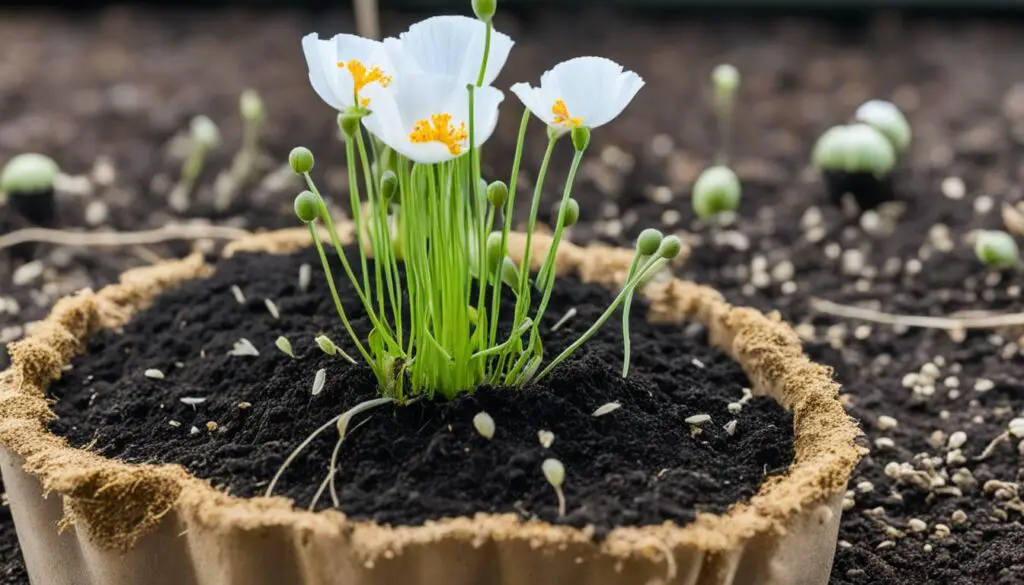
With proper care, your Icelandic poppy seeds will grow into beautiful, long-lasting flowers. These tips will help you enjoy the stunning blooms of Papaver nudicaule in your garden.
Varieties and Colors of Icelandic Poppies
I love exploring the many types of Icelandic poppies for my garden. These flowers come in a wide range of colors, making any garden look magical.
The ‘Champagne Bubbles’ Mix is a favorite of mine. It has 3-5 inch flowers in colors like orange, pink, red, white, and yellow. It grows 15-20 inches tall in USDA zones 4-9.
The ‘Meadow Pastels’ Mix has softer colors like yellow, apricot, pink, and white. It grows 24-28 inches tall and 18-24 inches wide in USDA zones 5-9.
If you want bigger, bolder flowers, try the ‘Gartford Giants’ Mix. It has 4-inch flowers in red, pink, orange, yellow, and white. It grows 12-24 inches tall in USDA zones 3-7.
For small gardens, the ‘Wonderland’ Mix is perfect. It’s only 18 inches tall and 4 inches wide in USDA zones 2-7. It has a bright mix of pink, red, orange, yellow, and white colors.
FAQ
What are the botanical details of Icelandic poppies?
Icelandic poppies, also known as Arctic poppies, are a special type of poppy. They grow in cold areas. They have feathery leaves and stems covered in soft hairs. Their stems are tall and bare, with flowers that are brightly colored and very thin.
What are the growing requirements for Icelandic poppies?
These poppies love full sun to some shade and need rich, well-draining soil. They like consistent moisture but don’t like wet soil, which can cause disease. Give them a balanced fertilizer regularly.
How do I plant and propagate Icelandic poppies?
Plant their seeds outside in late winter or early spring. Cover them with a thin layer of soil or sand. Keep the soil moist until the plants grow. When they have their first true leaves, move them to a cooler spot with lots of light.
What are some popular varieties of Icelandic poppies?
Popular varieties include ‘Champagne Bubbles’ Mix, ‘Meadow Pastels’ Mix, ‘Gartford Giants’ Mix, and ‘Wonderland’ Mix. These offer a mix of bright, soft, and dwarf flowers in different colors.


